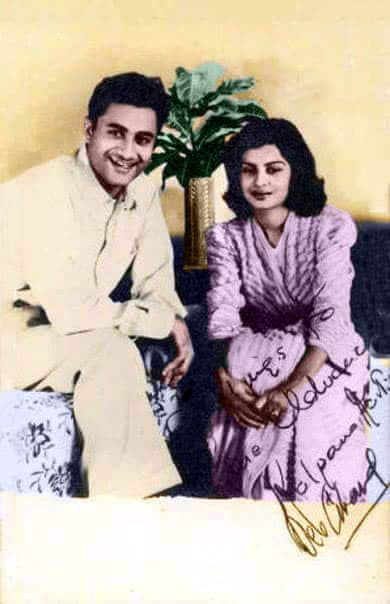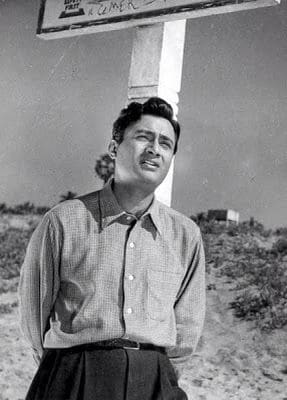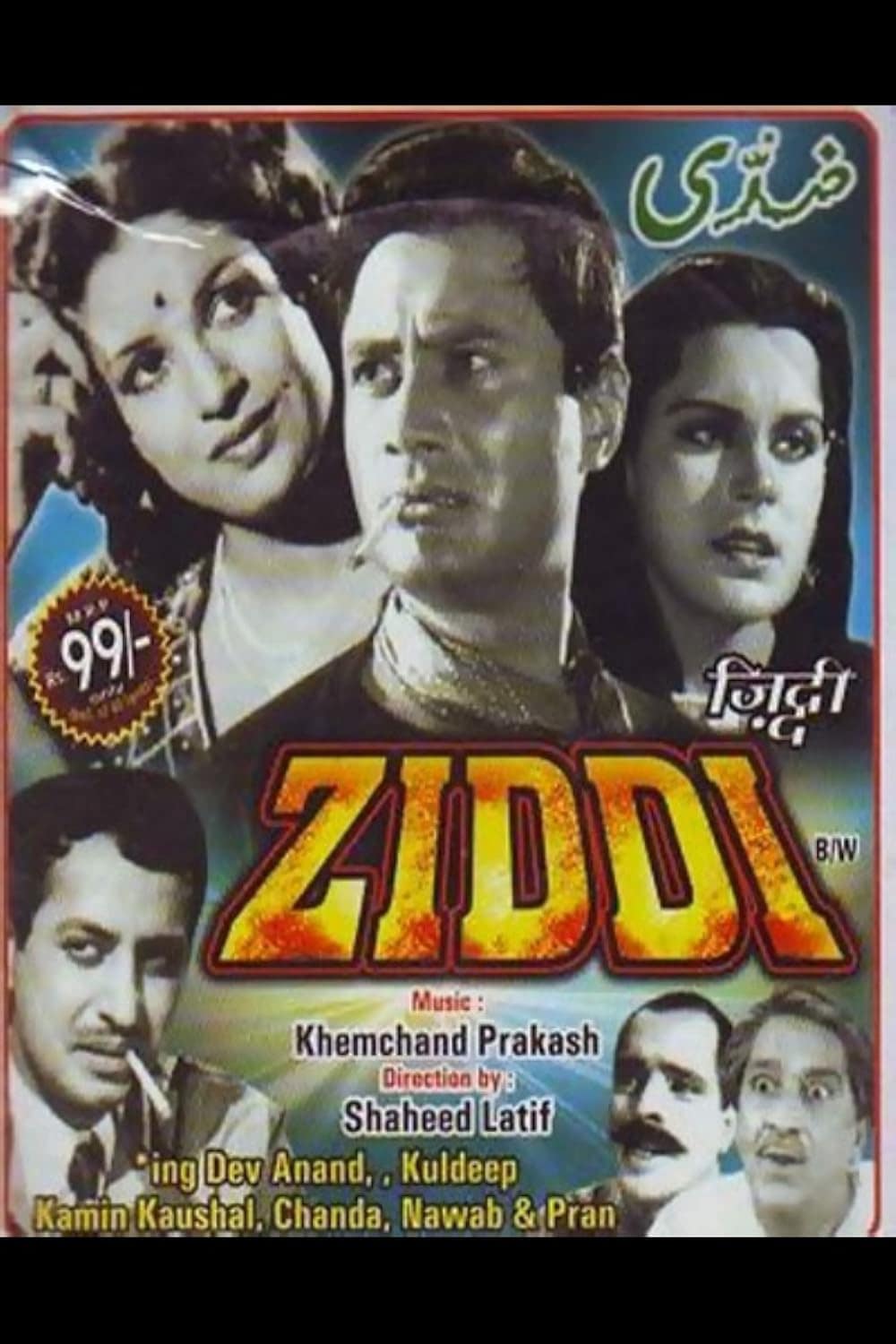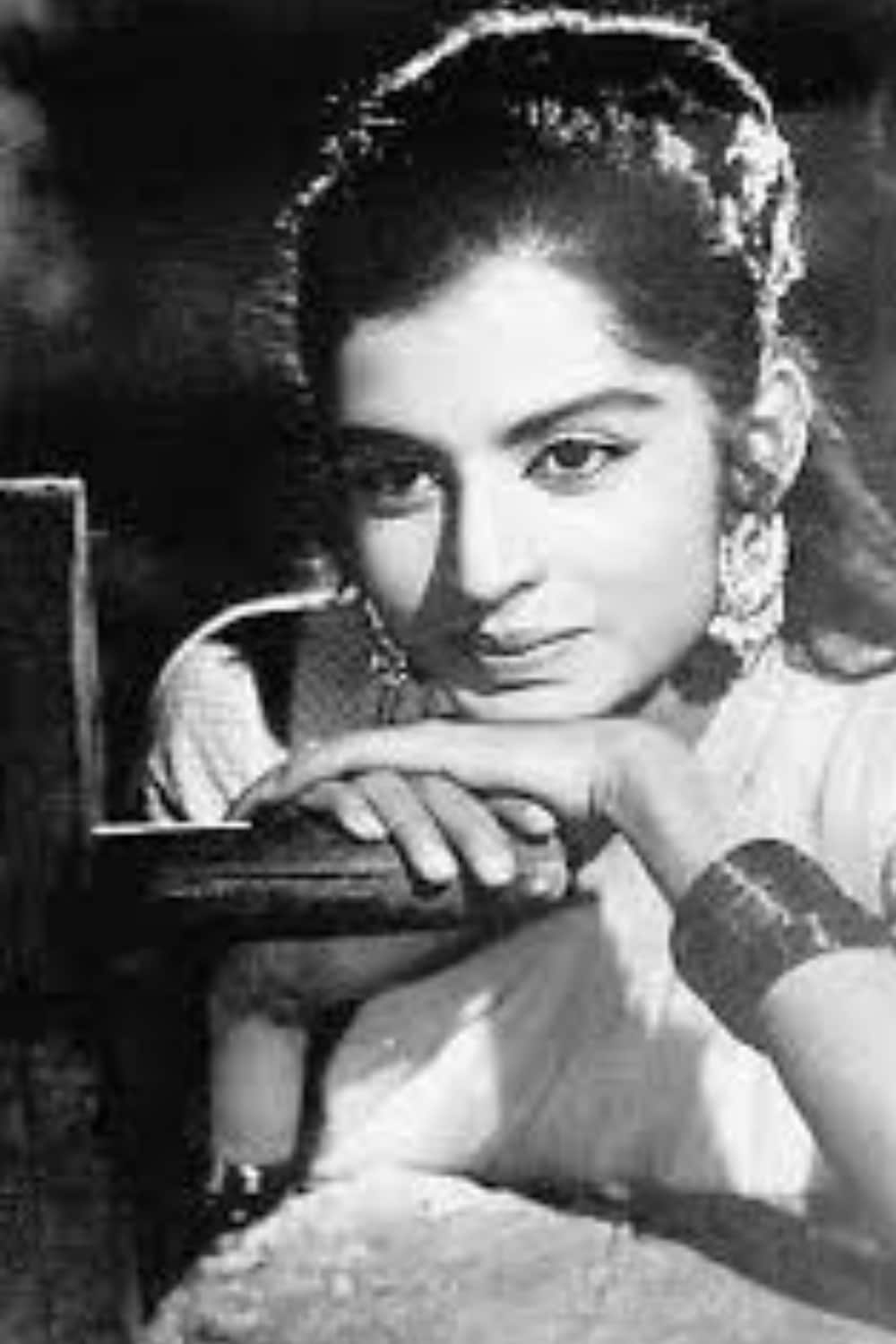“Hai apna dil to awara, na jaane kis par aayega…” — a timeless Bollywood lyric immortalised by the evergreen romantic hero, Dev Anand. Incredibly, these words echoed his real life: Dev Anand’s off-screen world was just as vibrant as his on-screen persona.

He fell for an inexperienced actress during a film shoot and quietly married her, shocking both the film fraternity and his adoring fans. Curious who this little-known heroine was, who defied religious boundaries for love and performed only alongside her one and only leading man?

Dev Anand was Bollywood’s original style icon, known for his suave delivery, distinctive dialogue, and iconic haircut that many tried to copy. His signature ensemble, black coat over a white shirt, became so peculiar, it even sparked a ban in court proceedings!

Hailing from Gurdaspur, Pakistan, Dev Anand graduated in English from Lahore in 1942. He aspired to further his studies, but financial constraints intervened. In 1945, he arrived in Mumbai with merely Rs 20 to his name.

Without a proper home, he shared a modest room near the railway station with three other ambitious souls. As his funds dwindled, he took a job at the Military Censor Office, reading soldiers’ letters for a salary of Rs 165 per month.

About a year later, he turned to his elder brother, Chetan Anand, already a respected figure in cinema. Chetan Anand gave him small roles, and eventually, Dev Anand made his debut in 1946 with Hum Ek Hain. While the film flopped, his next movie, Ziddi (1948), shot him into overnight stardom. He went on to star in 112 films, including timeless classics such as Taxi Driver (1954), CID (1956), Paying Guest (1957), Nau Do Gyarah (1957), Kala Paani (1958), Asli‑Naqli (1962), Guide (1965), Jewel Thief (1967), Johny Mera Naam (1970), Tere‑Mere Sapne (1971), Hare Rama Hare Krishna (1971) and Heera Panna (1973).

In that era, life moved at a gentler pace and deep feelings reigned supreme. Dev Anand was profoundly in love with Suraiya, although her family opposed their romance due to religious differences. Suraiya never married, remaining devoted to her affection for him.

While filming Taxi Driver, Dev Anand fell for his co-star Mona, later rechristened Kalpana Karthik. Their friendship blossomed into love.

One lunch break during the shoot, both vanished together. When they reappeared, a sharp-eyed cameraman noticed a new ring on Dev Anand’s hand. He was discreet enough to ask the cameraman to keep quiet.

Later, it emerged that they had quietly married in secret. Dev Anand didn’t want to make a public spectacle of it; marriage, he said, is a private matter.

Kalpana Karthik, born Mona Singha into a Christian-Punjabi family, adopted her screen name when Chetan Anand cast her in Baazi (1951). Before entering films, she had competed in the Miss Shimla contest, where she caught Chetan Anand ’s eye (they were cousins by marriage).

Her filmography includes appearances in Andhiyan (1952), Humsafar (1953), Taxi Driver (1954), House No. 44 (1955), and Nau Do Gyarah (1957). After marrying Dev Anand, Kalpana Karthik left acting, and together they had two children: Sunil Anand and Debina.






